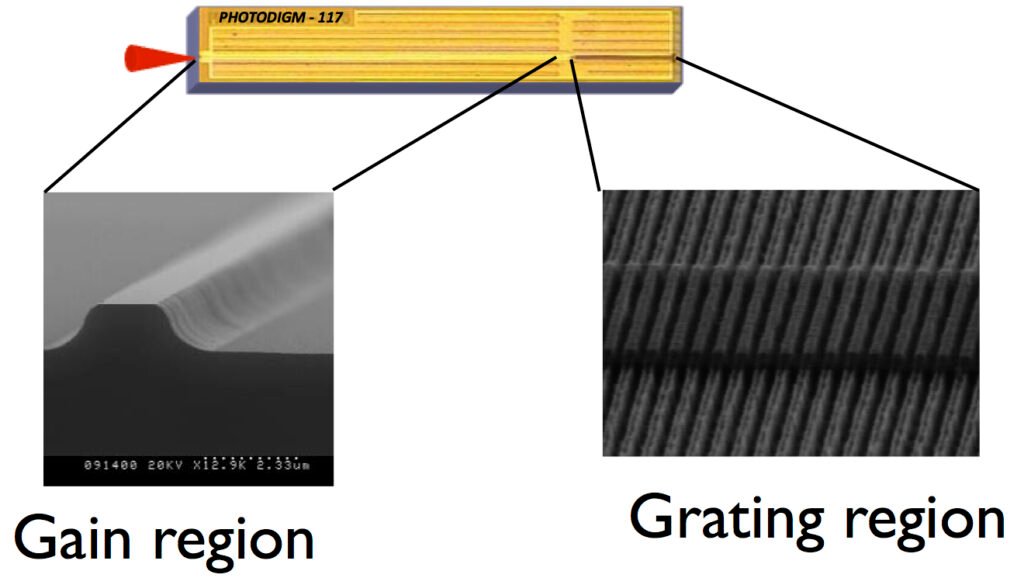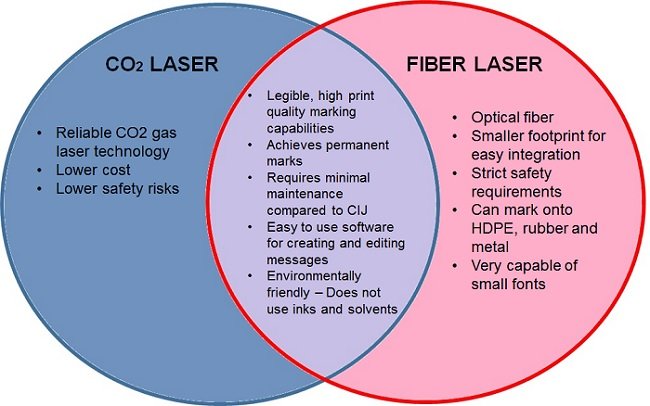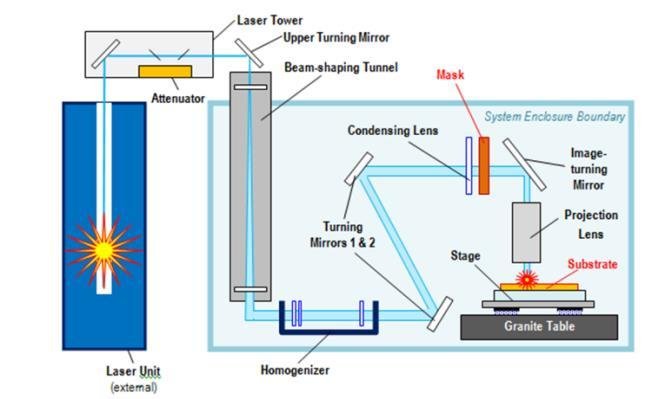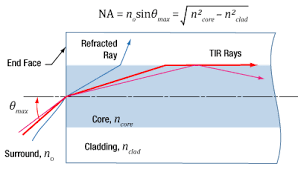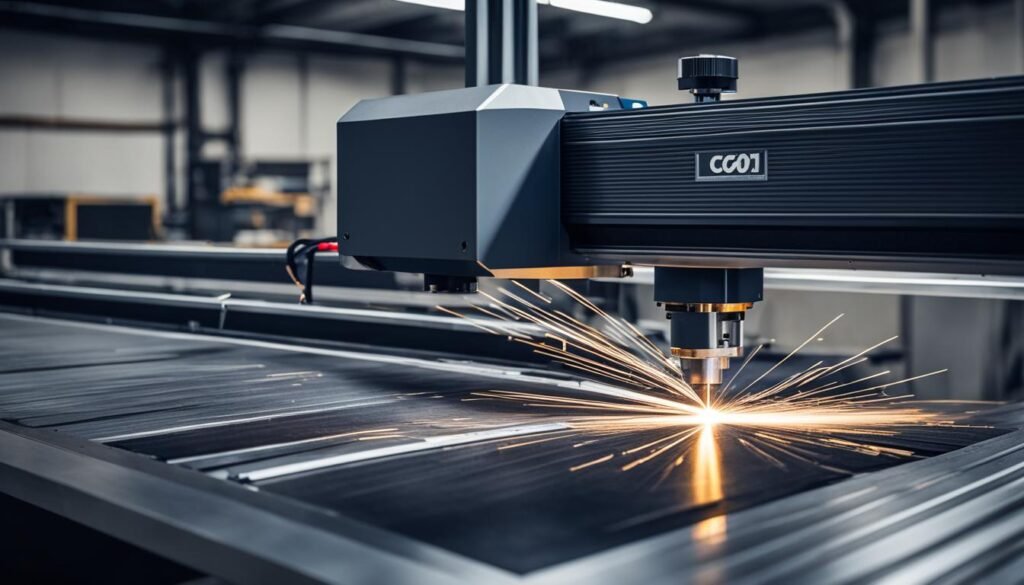Nonlinear Polarization Rotation
Source: Nature Understanding Nonlinear Polarization Rotation in Optical Fibers Understanding Nonlinear Polarization Rotation in Optical Fibers Nonlinear polarization rotation is a phenomenon that occurs when an intense optical pulse travels through an optical fiber that is not polarization-maintaining. This process results in a change in the polarization state of the light, which is influenced by […]
Nonlinear Polarization Rotation Read More »



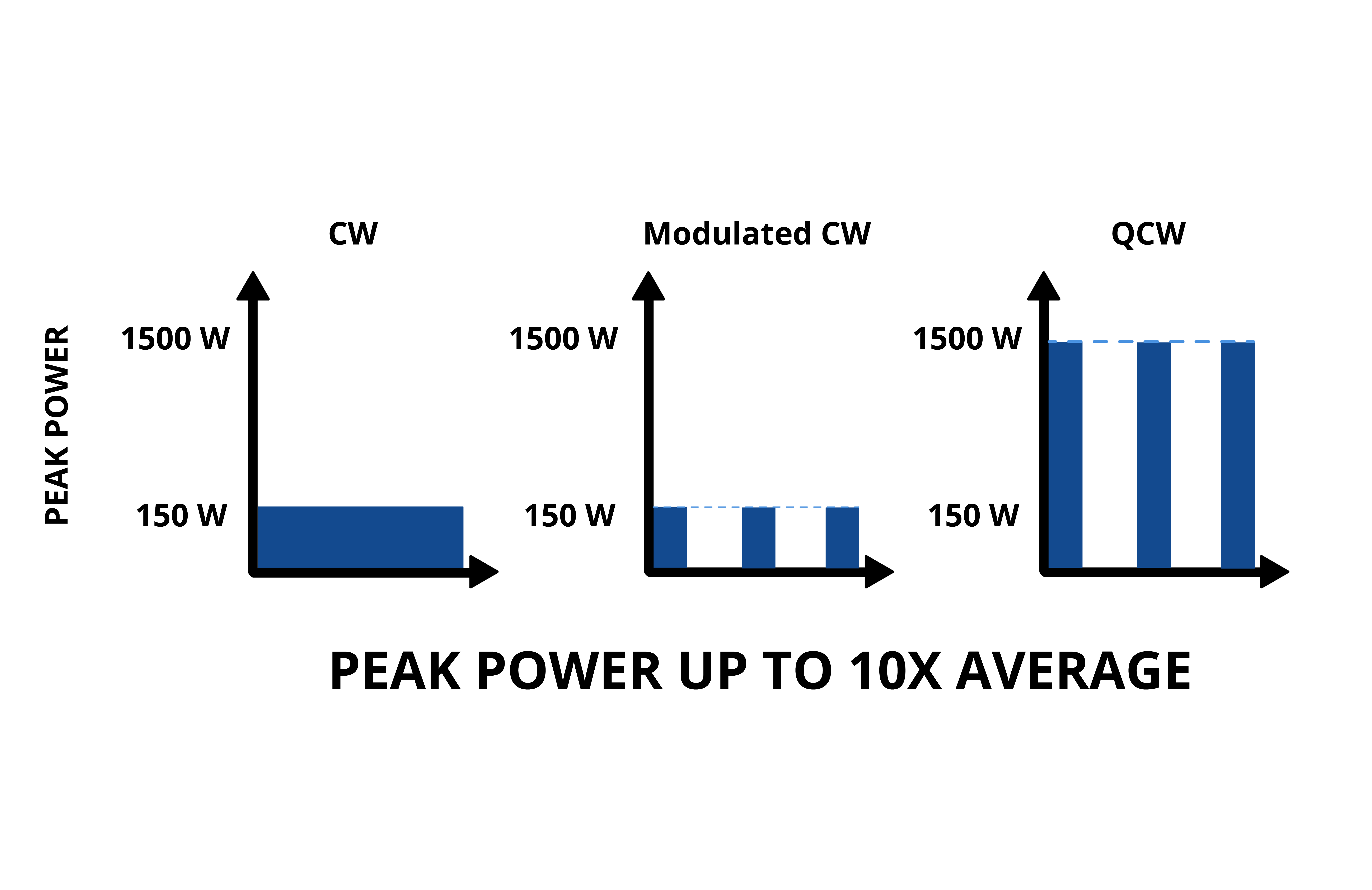.png?w=1024&resize=1024,1024&ssl=1)
